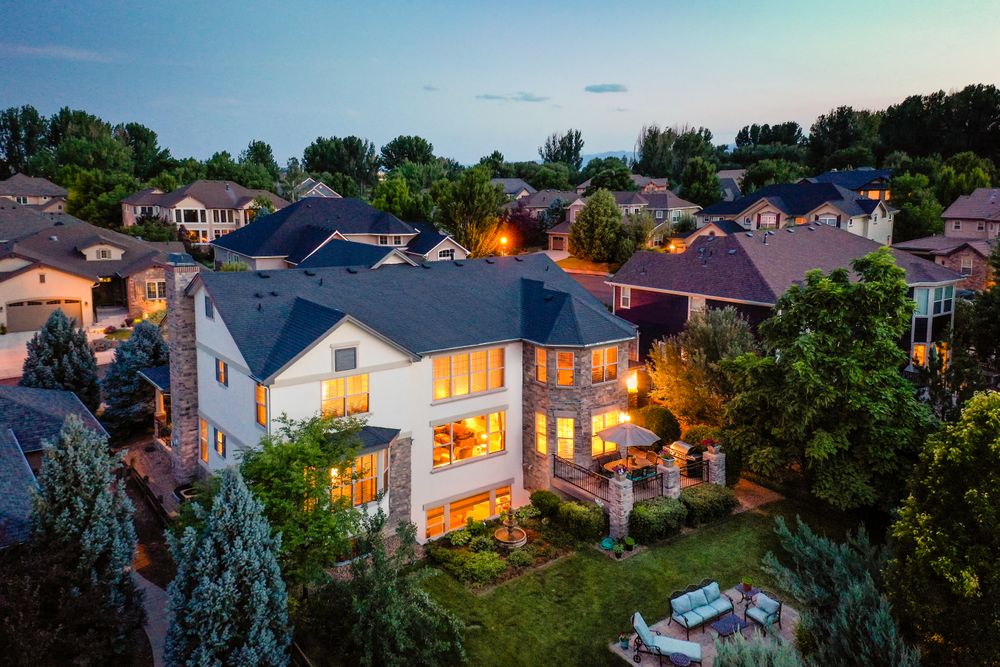The use of Uncrewed Aircraft Systems is a new and emerging industry. UAS also have diverse uses from recreational to search and rescue, surveying, infrastructure inspection and photography and video. Many people are not yet aware of what is involved in safe drone operations for commercial use. Here are a few common drone questions answered:
Drones are just a fun toy, right?
Although drones may be small and the pilot is operating the drone remotely, the Federal Aviation Administration (FAA) regards and classifies all drones as aircraft, just like helicopters, small airplanes and commercial jets as they share and operate in the same national airspace. All drones greater than 0.55lb (250g) need to be registered with the FAA. If a sub 0.55lb drone is being used for commercial purposes then it also needs to be registered.
Do you need to be licensed to fly a drone?
Any commercial use of a drone requires the operator to hold an FAA UAS Remote Pilot Certificate (Part 107). This certificate demonstrates that the remote pilot has the knowledge and understanding of the regulations, operating requirements, and procedures to safely fly drones in the national airspace.
What is the difference between aerial versus ground photography?
Regular photographers are limited to only capturing a subject at ground level. An aerial photographer has FAA authority as well as the knowledge and skills to choose many different altitudes and angles in the sky that can capture and highlight aspects of a location or event and its proximity to neighboring storytelling assets such as landmarks, significant architectural sites, homes, venues, open space and views. Most drones have the ability to capture both still and video images using a built-in camera system.
How high can the drone fly?
A licensed FAA UAS Remote Pilot must always follow FAA and local government airspace requirements and rules. FAA regulations typically allow flight up to a maximum of 400 feet (121 meters) Above Ground Level (AGL). Near certain locations (e.g. sports stadiums, airports, special use and security-sensitive airspaces), additional restrictions from the FAA may necessitate lower flight levels or prohibit the flight. In the event of local emergencies (e.g. wildfires) for safety reasons the FAA can also impose swift Temporary Flight Restrictions in specific areas for a certain period of time to prevent any aircraft (including drones) from flying. The FAA will notify a remote pilot of any restrictions that may impact the ability to fly. Failure to adhere to FAA flight restrictions can result in heavy fines and the loss of the remote pilot license.
How flexible is the scheduling?
If the flight is conducted in controlled airspace authorization needs to be obtained in advance from the FAA. Since this authorization to fly is granted for a specific day and time, the remote pilot will need to schedule an exact location, date and time of the flight as part of their commercial operations.
Can you fly in any weather?
Due to drone design, safety and FAA regulations, inclement weather such as low cloud cover, fog, high winds, rain, storms and snow are not conducive to aerial photography and safe use of airspace. As part of preflight procedures, a remote pilot will always check the weather forecast and make an informed decision as to the safety of the flight. If weather and/or FAA regulations prevent safe drone operations the Remote Pilot will cancel the flight/shoot and reschedule when it is conducive for safe drone operations. Always safety first!
I hope this has been informative. For detailed UAS (drone) information please visit the FAA UAS web page.
Contact Me
If you are in need of drone photography and video in the Boulder/Denver Front Range area please contact me.
Cell: 720-224-3072
Email: gregcooperphoto@gmail.com
